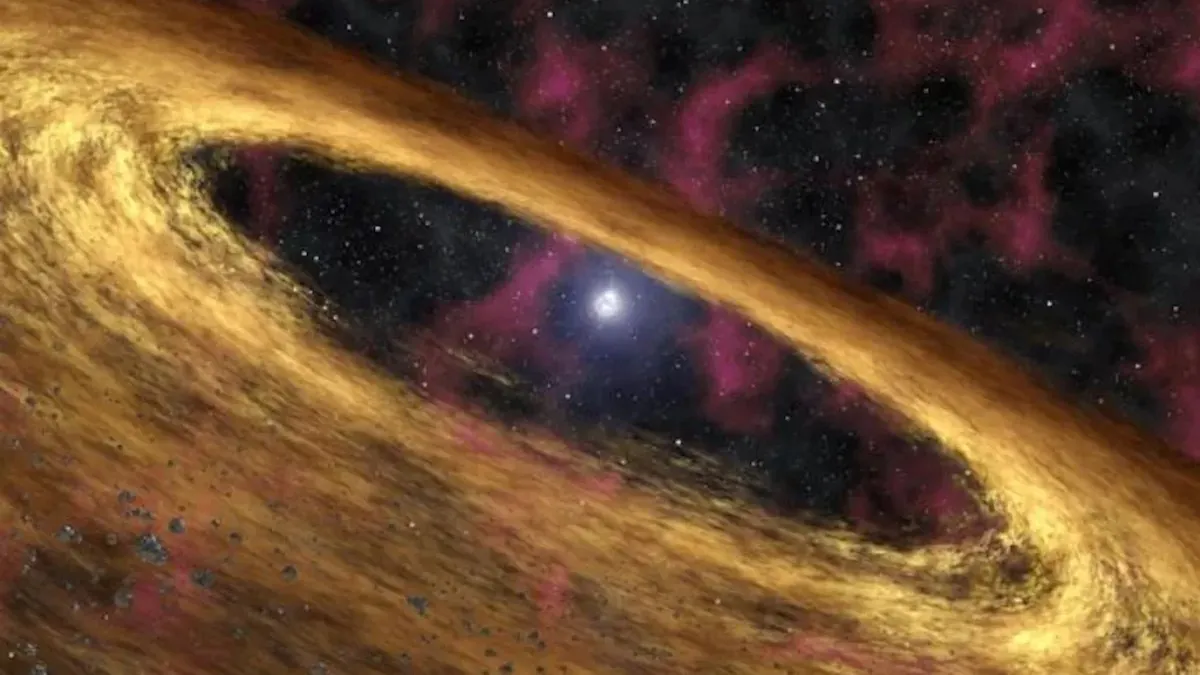
Telescopes that observe the universe in the most energetic form of light can help scientists detect the “fingerprints” of gravitational waves.
Gravitational waves are formed when massive objects, such as black holes, collide, creating pulsations in space-time that seem to wash the Earth. Although modern gravitational wave observatories, such as the Laser Interferometric Gravitational Wave Observatory (LIGO) and the Virgo interferometer, can detect strong collisions that cause gravitational waves, they can observe only one of these events at a time, often at monthly intervals. But there may be another way to find gravitational waves: look for their imprints in pulsars – neutron fast-rotating stars that pulsate at regular intervals.
Scientists now believe that in a new study, they paved the way for this goal thanks to observations by NASA’s Fermi Gamma-Ray Space Telescope, which observes the universe in gamma rays, the most energetic form of light: “We’ve been surprised at how good it is at finding the types of pulsars we need to look for these gravitational waves — over 100 so far!”
Pulsars rotate at very precise intervals, and scientists can track these intervals from Earth by their radiation. When gravitational waves pass through the pulsar, they can imperceptibly change the time the pulsars rotate, and astrophysicists believe they will be able to observe these imperceptible changes and track the gravitational waves that created them. Traditionally, astronomers find pulsars with the help of radio telescopes that scour the sky in search of radio waves. But the gas and dust that fill space are not very good for radio waves – many of them are absorbed along the way.
Gamma rays, on the other hand, have the highest energy among all waves in the electromagnetic spectrum, which means that they pass through them. But before this new study, astrophysicists had never used gamma rays to track pulsars. The results may mean that there is a new, more potent way to search for pulsars and, in turn, to detect gravitational waves, and researchers hope that future improvements will make these detection methods even more accurate.
You can also help Ukraine fight with Russian occupants via Savelife or via an official page of the National Bank of Ukraine.
Read also:
Leave a Reply